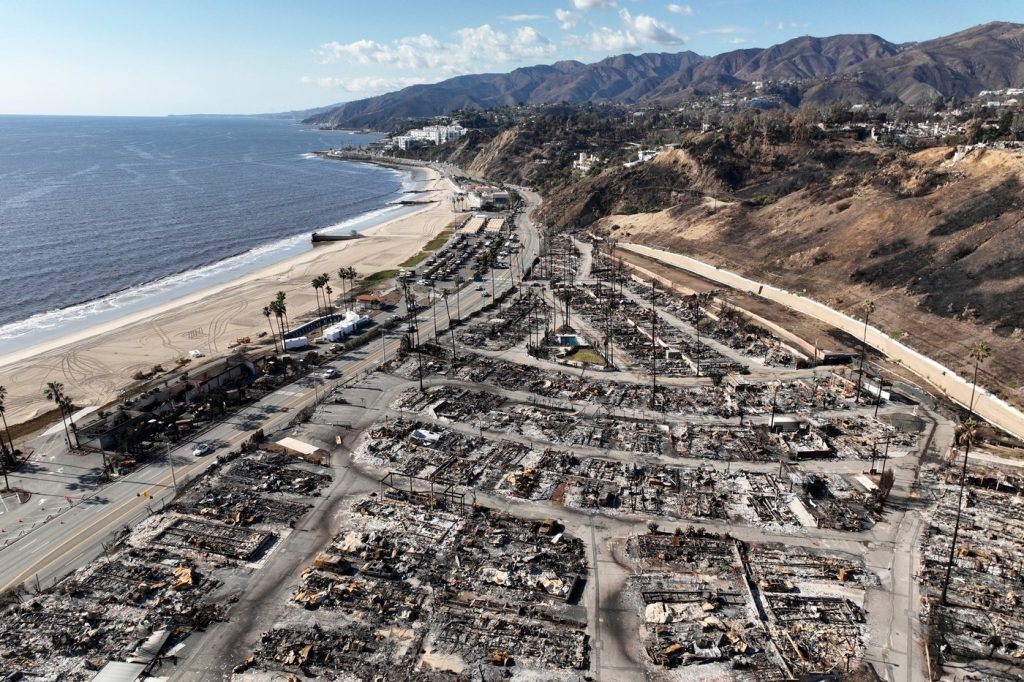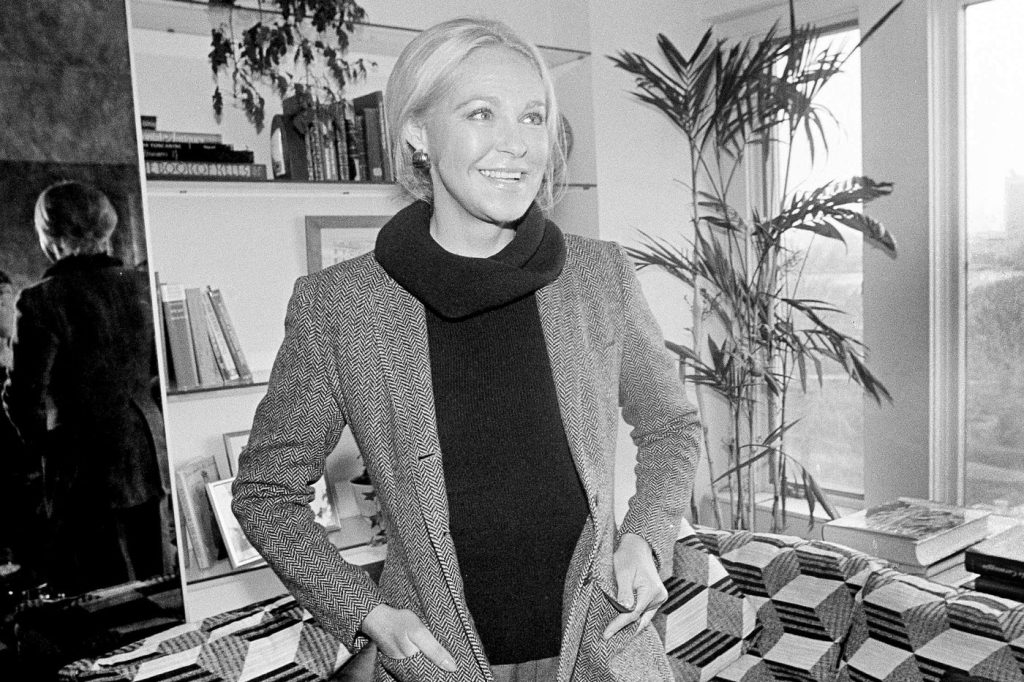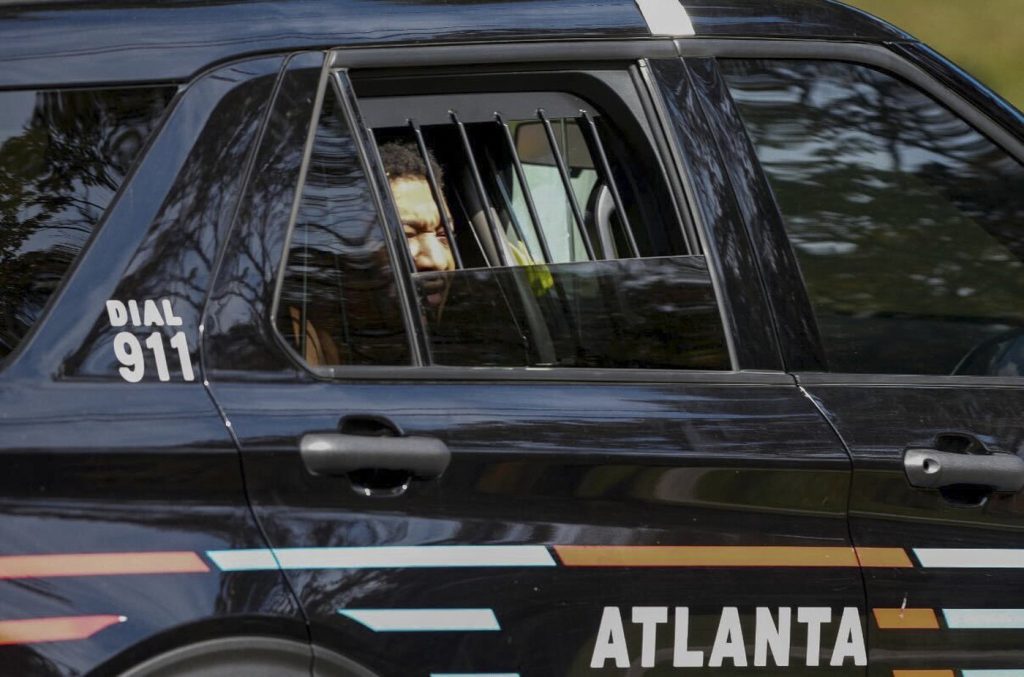LOS ANGELES (AP) Jonathan Rinderknecht, a 29-year-old man from California, has been charged with igniting the devastating Palisades Fire, which resulted in significant loss of life and property. Authorities reported that Rinderknecht started a small fire on New Year's Day 2024, which smoldered underground before reigniting nearly a week later, ultimately sweeping through Pacific Palisades and Malibu, affluent areas in Los Angeles.
The Palisades Fire led to the deaths of 12 individuals and formed part of a series of blazes that ignited on January 7, resulting in over 30 fatalities and the destruction of more than 17,000 homes and buildings across Los Angeles County. Rinderknecht was apprehended on October 7, 2025, in Florida and made his initial court appearance the following day. He faces charges including malicious destruction by means of fire, with a minimum penalty of five years in prison. In court, Rinderknecht, dressed in casual attire and restrained at the ankles, asserted he was neither under the influence nor facing any mental health issues.
The judge scheduled a hearing for October 17 to address bond and extradition matters. Following the arrest, Los Angeles Fire Department Interim Fire Chief Ronnie Villanueva emphasized that this development was a crucial step toward justice. Moreover, a report released by the department indicated that firefighters encountered resource shortages and communication issues in the blaze's first 36 hours, significantly hampering their response during a critical period. Despite forewarnings of severe winds, the department failed to deploy adequate resources ahead of the fire.
Investigators revealed that Rinderknecht was working as an Uber driver on New Year's Eve, prior to the fire's ignition. After dropping off a passenger in Pacific Palisades, it is alleged that he walked up a trail to a hilltop area, filmed videos, and listened to music containing themes of arson. Shortly after midnight, Rinderknecht allegedly ignited the fire but left the scene only to return later to observe the blaze as firefighters attempted to control it. Prosecutors highlighted his actions of fleeing and subsequently filming, which has raised questions about his intentions.
Interestingly, Rinderknecht made multiple 911 calls to report the fire, illustrating his contradictory behavior. During an interview three weeks after the incident, he divulged details about the fire's origin that were not publicly available, leading investigators to scrutinize his statements. Authorities noted his tendency to misrepresent his location, claiming to be near the trail's base while he was, in fact, closer to the fire's source. His anxious demeanor during the interview and subsequent inquiries into potential innocent explanations for the fire's start indicate a desire to deflect blame.
Federal officials referred to the Palisades Fire as a "holdover fire" linked to the earlier small blaze. The Los Angeles interim fire chief explained that such fires can smolder within root systems, complicating detection efforts, as they can go undetected by thermal imaging. Investigators suggested that the initial flames were likely ignited by a lighter. A lighter was found in Rinderknecht's vehicle that appeared to match one from his apartment on December 31, leading to questions about his culpability.
As the investigation into the incident continues, it has been noted that the response of the Los Angeles Fire Department is under scrutiny due to delayed evacuations and chaotic communication. Evacuation orders were issued only after some homes had already been lost, creating confusion as residents attempted to flee. The department's inability to effectively call back off-duty personnel and deploy adequate resources demonstrates a need for a systemic evaluation of their operational protocols in crisis situations.
Aside from the Palisades Fire, the Eaton Fire also broke out on January 7 in Altadena, leading to the destruction of over 9,400 homes and resulting in 19 fatalities. While the cause of the Eaton Fire remains undetermined, the federal government has pursued legal action against utility company Southern California Edison, alleging that its equipment sparked the fire.












